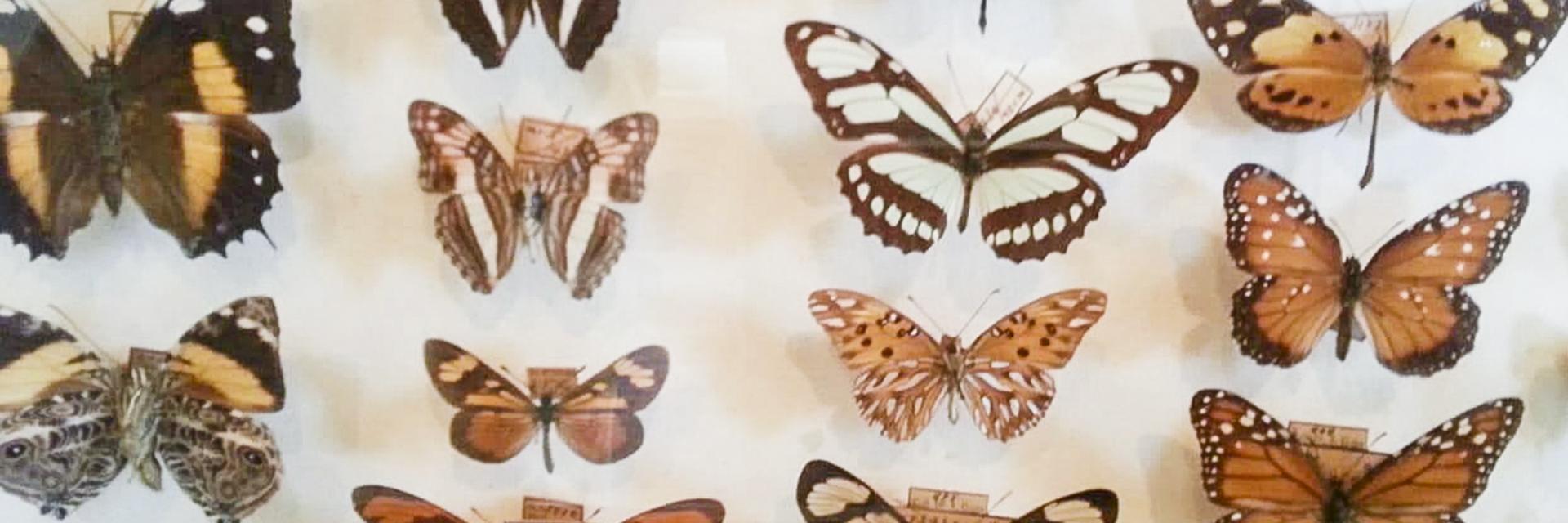By Diane Zorich, Director, DPO on Thu, 11/15/2018 - 13:00
The fire at the Museu de Nacional de Brasil evokes a visceral sense of loss - for the people of Brazil and the devastation this has wrought on their nation’s patrimony. But the loss extends to everyone, for the Museu’s collections included cultural touchstones that reflect on humanity, as well as materials from the natural world that shape our understanding of life on Earth.
Yet in the midst of this loss, we see outpourings of assistance. Those who work in the cultural heritage community have been particularly moved to help. Here at the Smithsonian, a number of ideas for assistance are being explored. And it is natural to include digitization among them.
Indeed, digitization was the underpinning for one of the first responses to the disaster: crowdsourcing efforts to gather digital images and records of the museum and its collections. Since then, other museums are reviewing their Brazilian holdings to see if they have digitized (or might digitize) materials to help create a virtual museum of Brazil’s patrimony.
These efforts, offered in a spirit of altruism, have proved contentious in some cultural heritage circles. There have been comments that “digitization cannot replace originals,” “digitization is not a preservation strategy,” and “digitization must take a back seat to safeguarding collections.” All these sentiments are true. But we should consider the value of digitization in light of what was lost.
Digital documentation in its various forms (be it records, imagery, or audio) has an evidentiary value. In a catastrophe, it may help identify the extent of the loss. It also may salvage some of the research potential of collections that are lost. A great deal of information can be gathered from a good digital image, even more from a good 3D model. Measurements, descriptions, and comparisons are just some of the insights that might still be derived.
Of course, we will never get DNA from a 3D model. We will never feel the texture of an object from its image. We will never hear the cadence of an indigenous language from a transcription. But a digital record might let us know that a particular language once existed, show us what a species looked like, describe how an object was made. That is something. In the face of devastating loss, that is a lot.
After the Museu Nacional fire, social media was rife with expressions of disbelief from the public that museum collections are not yet fully digitized. Those of us in the cultural heritage community know why this is. Digitization of collections requires enormous effort in planning and implementation. The costs are huge. The funding is miniscule. The Latest Shiny Thing draws attention from foundation-building efforts.
But those of us building digital foundations in museums know the digital assets we create for outreach and research might also one day be called upon for rebuilding collections and restoring cultural patrimony. Disasters such the fire at Museu Nacional focus us, laser-like, on our mission, highlighting what digitization offers in times of loss.
